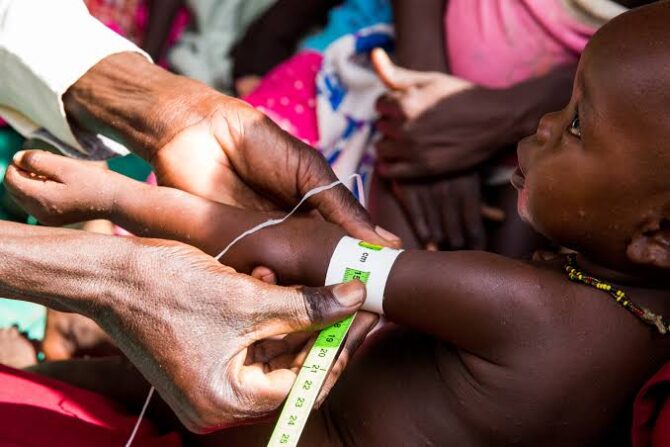One year after Russia’s invasion of Ukraine first began. The effects of the war were felt not just in Europe but also in other parts of the world. more so in the nations that depend on aid. On July 22nd of last year, agreements on food exports from Ukraine were reached in Istanbul for a period of 120 days, but famous Greek lawmaker Costas claimed that grain that was intended to reach nations where food is a commodity was not typically reaching them. additionally, ever since the Russian-Ukrainian War started For the first time, the crisis diverted wealthier nations’ humanitarian organisations.
As the food crisis worsened earlier this year, the African Development Bank established an emergency food production fund with a 1.5 billion dollar goal to assist African Farmers. A humanitarian response official in Africa claimed the conflict “sucked all the air out of the room.” They will be able to produce 38 million tonnes of wheat, maize, rice, and soybeans thanks to it. which is what the Horn of Africa urgently needs. People are currently facing a food crisis from east to west across Africa. More in size and complexity than anything the continent has ever seen. food grain is in need of a cross. According to figures from the U.N. food and agricultural division, one in five Africans—a record 278 million people—will be hungry by 2021. This is an increase of 13 over the past year alone.
The U.N. agency claims that things have gotten worse across the continent. According to the global food programme, there were 60 more East Africans who experienced acute food insecurity last year, while there was a roughly 40% increase in West Africans. Let me now describe the current state of affairs in Somalia. More than 2 million people have been impacted by the drought that is ravaging the nation, and things are just getting worse. In fact, according to the United Nations, one in every four people worldwide are currently suffering from severe hunger. According to recent data, Somalia’s drought last year killed almost 43000 people.
Half of the fatalities were children under the age of five, according to research done by the London School of Hygiene and Tropical Medicine, and the situation may be worse than Somalia’s most recent significant drought in 2017 and 2018. The reporter also predicted that the rate of fatalities might increase in the first half of 2023, forecasting a range of 18000 to 35000 deaths during that time. The drought occurs as one of the world’s poorest countries feels the effects of climate change. Somalia has seen five consecutive seasons of inadequate rainfall. According to the United Nations, half of Somalia’s 17 billion people require relief immediately. In addition, the U.N. reports that at least 100,000 people have left their homes in search of food and water in the country.
ALSO READ THIS: Argentinas Draught Miseries | Climate Change

